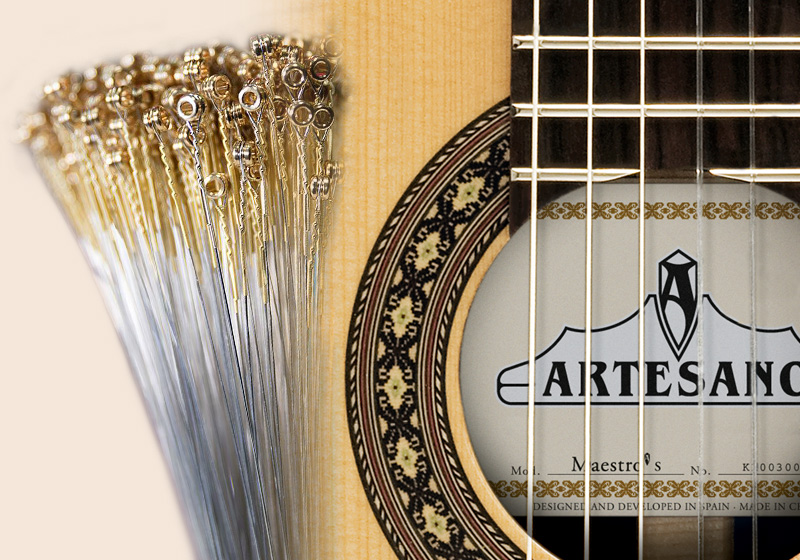When should I change my guitar strings?
There is no particular standard for changing your strings. Guitar strings vary wildly from application to application. For example, there are steel strings and nylon strings. Steel strings are much harder than nylon strings and have a much stronger tension, and are often found on modern acoustic guitars. Nylon strings are usually reserved for classical guitars and feature a soft and warm sound.

String maintenance can lengthen your guitar's life
But no matter what type of guitar you play, how often you change the stings will depend on a few factors, such as how often you practice and what sort of music you’re playing. If you play daily, the strings will need to be replaced after 2-3 months at least. If you take care of the strings regularly and wipe them with a cotton cloth after playing, you will get a great deal more life out of them. On classical guitar strings, the three wound bass strings (E, A and D strings) often break the most frequently. You can reasonably expect that higher priced, higher quality strings to last longer. When looking for "your" perfect string set, it's try, try and try again. String sets vary in material mix, gauge, and other specifics. If you need more information about this, it is best to reach out to string manufacturers directly.
How can I tell if I should change my strings?
You can also tell by the sound of the guitar whether or not the strings are worn out. Do your strings no longer sound bright and voluminous, but rather dull and lifeless? Then it is likely time to change the strings. It is highly preferable to change all of your guitar’s strings at the same time, even if only one string is rusty, damaged or worn out. This keeps the instrument sounding fresh and prevents having to continually cycle strings in and out. Changing strings also helps to preserve the frets on the fretboard. As strings age, they become rougher to the touch, and your fretboard could suffer on account of it. If you are breaking strings more often than normal, you may need to adjust your stringing technique, or have a professional inspect the condition of the bridge inlay and nut notches. Just remember, you can never go wrong with a string change, as it provides a more pleasant feel, a better look and a higher quality sound.